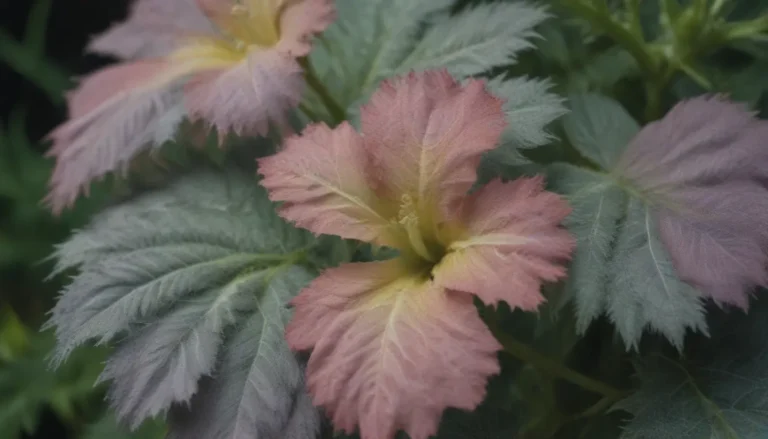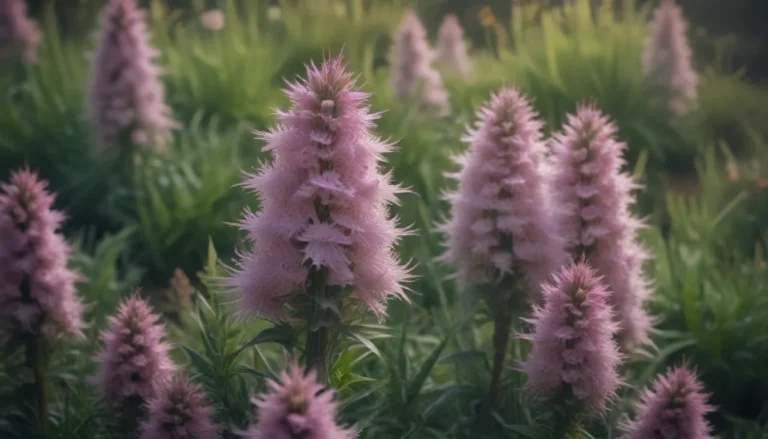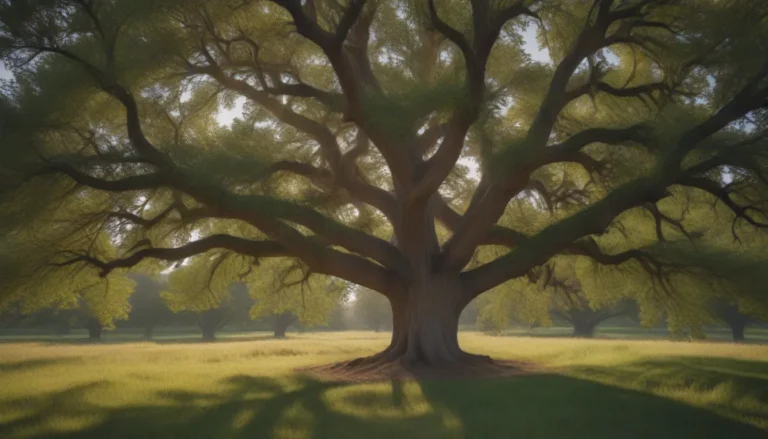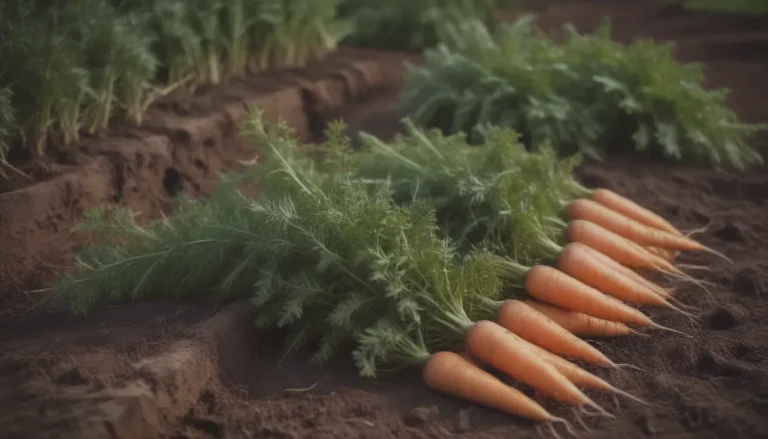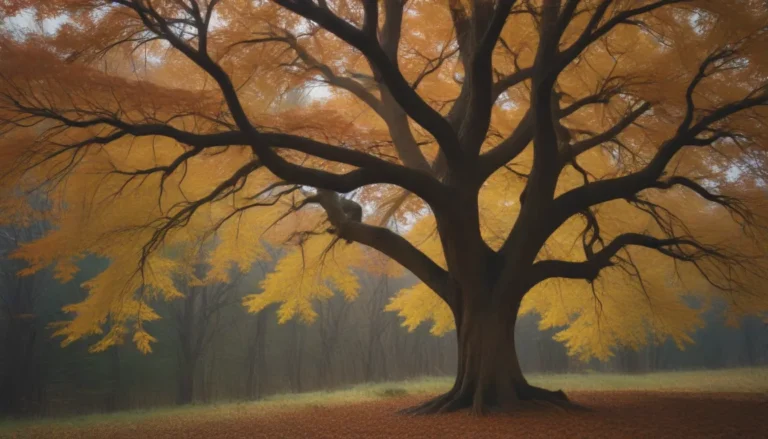A Comprehensive Guide to 20 Types of Boxwood Shrubs for Landscaping
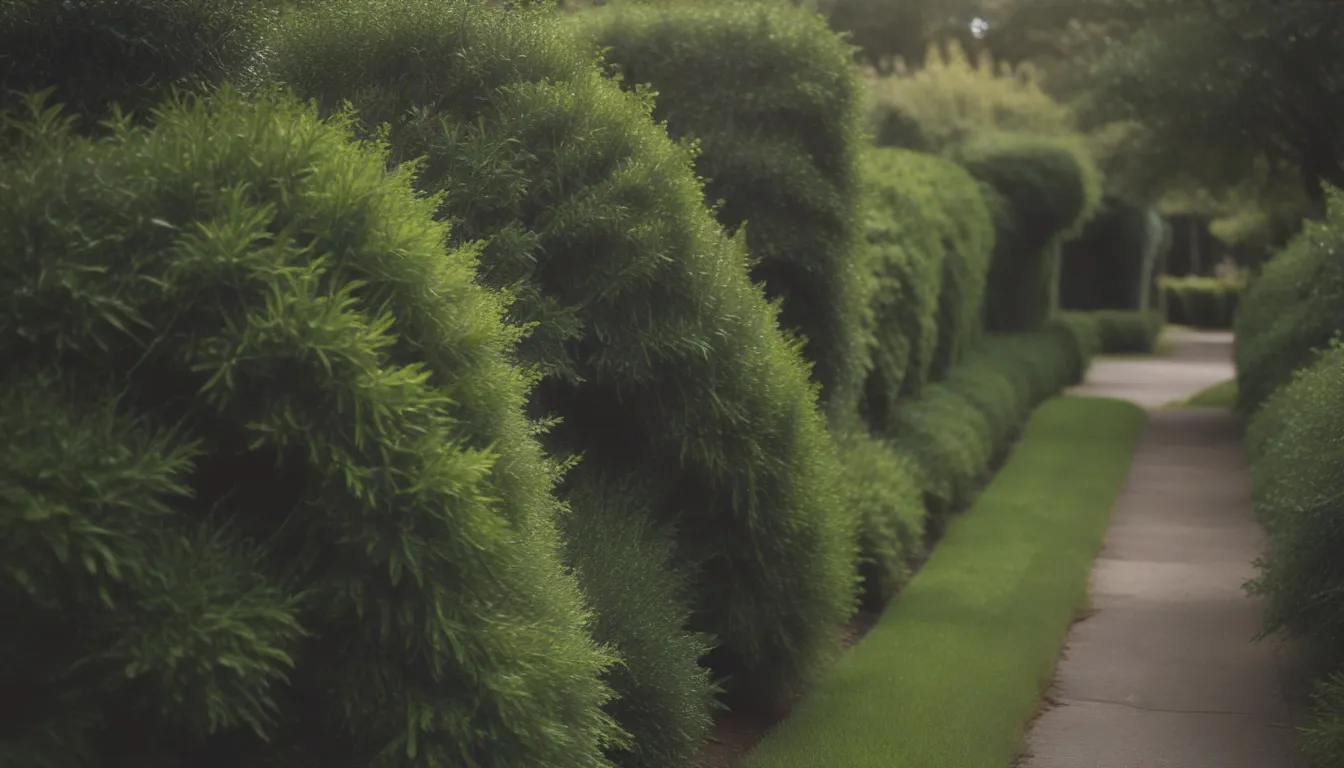
Are you looking to add some evergreen beauty to your landscape yard? Look no further than boxwood shrubs! With over 100 types to choose from, boxwoods are versatile, low-maintenance plants that have been popular in landscaping since ancient times. In this comprehensive guide, we will cover everything you need to know about 20 popular types of boxwood shrubs, from care tips to different varieties, to help you make the best choice for your yard.
What Is a Boxwood?
A boxwood is a type of shrub that belongs to the Buxus genus. These evergreen plants come in over 100 species, hybrids, and cultivars, each with its own unique characteristics. Boxwoods vary in height, shape, growth rate, leaf size, heat and cold tolerance, lighting preferences, resistance to pests and diseases, and salt tolerance. With so many options available, you’re sure to find the perfect boxwood for your landscaping needs.
How to Care for Boxwoods
Boxwoods are easy to grow, but they do require some care to thrive. Here are some tips to keep your boxwood shrubs healthy and beautiful:
- Plant boxwoods in well-drained soil, and avoid planting them too deeply.
- Keep the soil evenly moist, but avoid overwatering to prevent root rot.
- Boxwoods can tolerate a range of soil pH levels, from mildly acidic to mildly alkaline.
- Regular pruning helps maintain the classic shape of boxwood hedges.
- Some boxwood varieties are more heat-tolerant than others, so choose the right one for your climate.
Care Tip:
Overwatering is a common problem when caring for boxwoods, so make sure to keep the soil evenly moist without allowing it to become soggy or soaked.
Now that you know how to care for your boxwood shrubs, let’s explore 20 popular types of boxwoods for landscaping:
1. Common Boxwood (Buxus sempervirens)
- Native Area
- USDA Growing Zones
- Height
- Sun Exposure
Common boxwood is a widely seen variety known for its slow growth rate and rounded shape. It’s a great choice for hedges that require some height, making it perfect for privacy screens. While it may take time to reach your desired height, common boxwood is worth the wait for its classic look.
2. Wintergreen Boxwood (Buxus sinica var. insularis ‘Wintergreen’)
Wintergreen boxwood is a fast-growing variety that adds a bronzy coloration in winter. Its lush foliage makes it a popular choice for landscaping, especially in the South where its heat tolerance shines through.
3. Japanese Boxwood (Buxus microphylla var. japonica)
Japanese boxwood is a heat-tolerant variety with slow growth rates. Its compact size and bronzy winter leaves make it a great option for adding texture to your landscape.
4. Korean Boxwood (Buxus sinica)
Korean boxwood is similar to Japanese boxwood but with smaller leaves and a more petite overall size. This variety is popular for creating bonsai and requires minimal trimming, making it ideal for low-maintenance landscapes.
5. Dwarf Korean Boxwood (Buxus sinica var. insularis ‘Nana’)
- Native Area
- USDA Growing Zones
- Height
- Sun Exposure
Dwarf Korean boxwood is a cold-hardy variety that works well for small hedges and borders. Its resistance to pests and diseases makes it a reliable choice for novice gardeners.
6. Winter Gem Boxwood (Buxus sinica var. insularis ‘Winter Gem’)
- Native Area
- USDA Growing Zones
- Height
- Sun Exposure
Winter Gem boxwood is known for its pest resistance and ability to retain its green color in winter. Its rounded shape and slow growth rate make it a popular option for formal gardens.
7. English Boxwood (Buxus sempervirens ‘Suffruticosa’)
- Native Area
- USDA Growing Zones
- Height
- Sun Exposure
English boxwood is a dwarf cultivar with excellent resistance to boxwood leaf miners. Its rounded shape and compact size make it a top choice for formal hedges and borders.
8. Variegated Boxwood (Buxus sempervirens ‘Variegata’)
- Native Area
- USDA Growing Zones
- Height
- Sun Exposure
Variegated boxwood is a slow-growing cultivar with green centers and creamy margins that change color throughout the seasons. Its unique foliage adds a pop of color to any landscape design.
9. Golden-Edged Boxwood (Buxus sempervirens ‘Aureomarginata’)
- Native Area
- USDA Growing Zones
- Height
- Sun Exposure
Golden-Edged boxwood is a slow-growing variety with a rounded habit that can be trained into standards for a tree-like appearance. Its golden edging adds a touch of elegance to any garden space.
10. Columnar Boxwoods
- ‘Graham Blandy’
- ‘Dee Runk’
- ‘Fastigiata’
Columnar boxwoods are known for their upright growth habit and column-like shape. These varieties are popular for planting at house corners or creating a foundation planting for added height and visual interest.
11. Pyramidal Boxwood (Buxus sempervirens ‘Pyramidalis’)
- Native Area
- USDA Growing Zones
- Height
- Sun Exposure
Pyramidal boxwood naturally forms a cone shape without requiring extensive trimming, making it a low-maintenance option for driveway entrances and focal points in the garden.
12. Green Velvet Boxwood (Buxus sinica var. insularis x B. sempervirens ‘Green Velvet’)
- Native Area
- USDA Growing Zones
- Height
- Sun Exposure
Green Velvet boxwood is a hybrid variety known for its dense, velvety foliage and round shape. Its heat and humidity tolerance make it an excellent choice for gardeners in the South looking to create topiaries.
13. Green Mountain Boxwood (Buxus ‘Green Mountain’)
- Native Area
- USDA Growing Zones
- Height
- Sun Exposure
Green Mountain boxwood is a slow-growing hybrid ideal for creating spiral topiaries. Its dark-green foliage retains its color well and is naturally upright, making it easy to shape into various topiary designs.
14. Sprinter Boxwood (Buxus microphylla ‘Bulthouse’)
- Native Area
- USDA Growing Zones
- Height
- Sun Exposure
Sprinter boxwood is a rounded shrub with a fast growth rate, making it perfect for creating topiary balls or standard-shaped topiaries. Its quick growth makes it a favorite among gardeners looking to shape their boxwoods into unique designs.
15. Vardar Valley (Buxus sempervirens ‘Vardar Valley’)
- Native Area
- USDA Growing Zones
- Height
- Sun Exposure
Vardar Valley boxwood is an excellent choice for low hedges, such as those found in knot gardens. With dense foliage and disease resistance, this variety is perfect for creating intricate garden designs.
16. Bigleaf Boxwood (Buxus x ‘Conrowe’)
- Native Area
- USDA Growing Zones
- Height
- Sun Exposure
Bigleaf boxwood is a unique variety known for its larger leaves, offering a textural contrast when planted alongside other plants in the garden. Its coarse texture adds visual interest and draws attention to its surroundings.
Tip:
When designing your landscape, consider the texture of plants to create contrast and interest. Pairing boxwoods with plants of different leaf sizes can enhance the overall look of your garden space.
17. Glencoe (Buxus ‘Glencoe’)
- Native Area
- USDA Growing Zones
- Height
- Sun Exposure
Glencoe boxwood is a hybrid variety that retains its green color well in winter. Its hardiness makes it a top choice for Northern gardeners, although protection may be needed in harsh conditions.
18. Highlander Boxwood (Buxus sempervirens ‘Highlander’)
- Native Area
- USDA Growing Zones
- Height
- Sun Exposure
Highlander boxwood is an upright variety with a fast growth rate, making it perfect for creating taller hedges or focal points in the landscape. While it may require more maintenance, its quick growth offsets the wait for a mature look.
19. Tree Boxwood (Buxus sempervirens ‘Arborescens’)
- Native Area
- USDA Growing Zones
- Height
- Sun Exposure
Tree boxwood is a tall variety that matures to 15 feet, making it an ideal choice for creating evergreen privacy hedges. Its slow growth rate and upright form require minimal trimming to maintain its height and shape.
20. Littleleaf Boxwood (Buxus microphylla)
- Native Area
- USDA Growing Zones
- Height
- Sun Exposure
Littleleaf boxwood is known for its salt tolerance, making it a great option for coastal landscapes. Its rounded shape and compact size make it a versatile choice for adding greenery to seaside gardens.
In conclusion, boxwood shrubs are a fantastic choice for landscaping due to their versatility, low maintenance, and variety of options available. Whether you’re looking to create formal hedges, topiaries, or privacy screens, there’s a boxwood variety to suit your needs. With proper care and attention, your boxwood shrubs will thrive and enhance the beauty of your outdoor space for years to come. Happy gardening!
